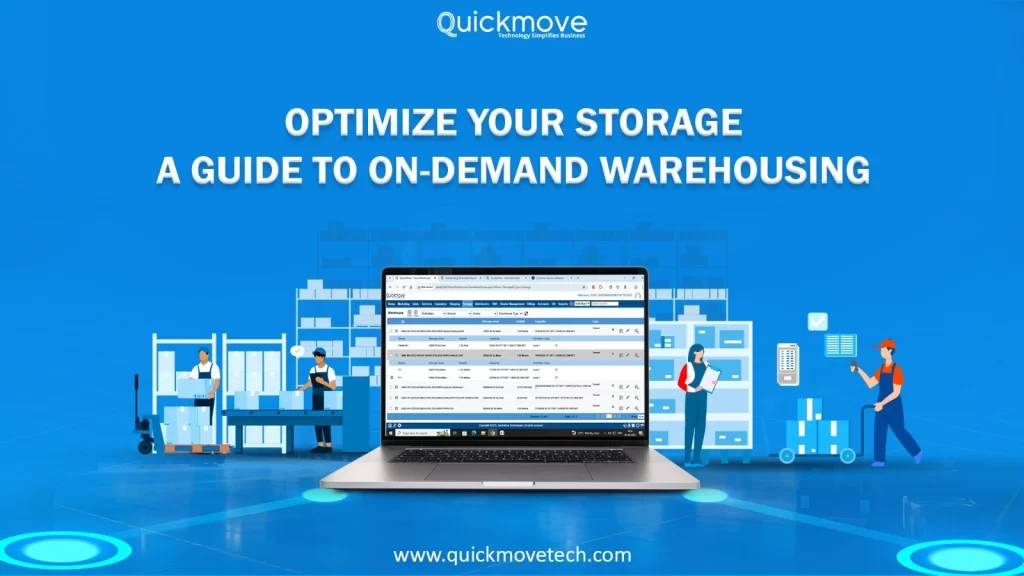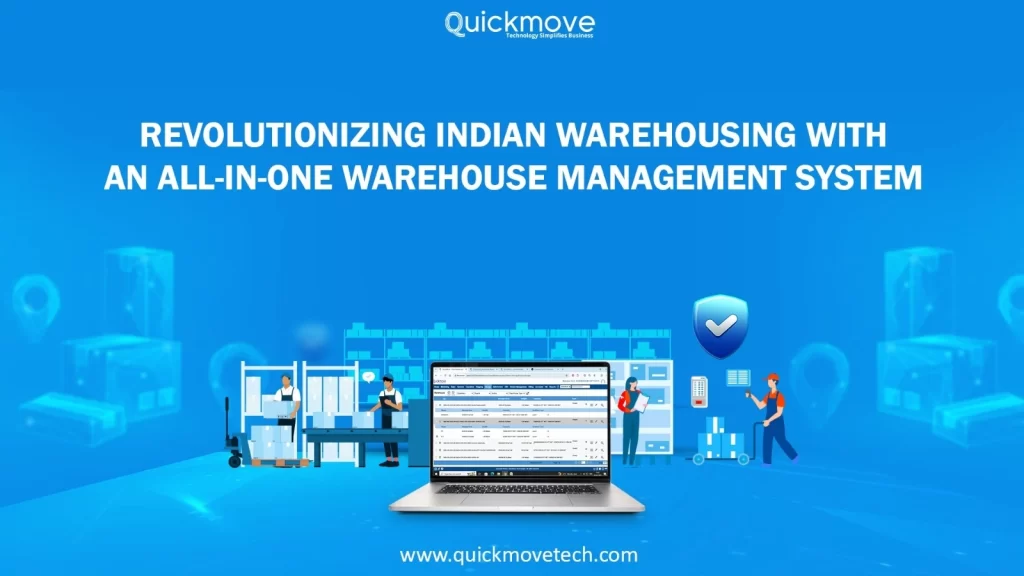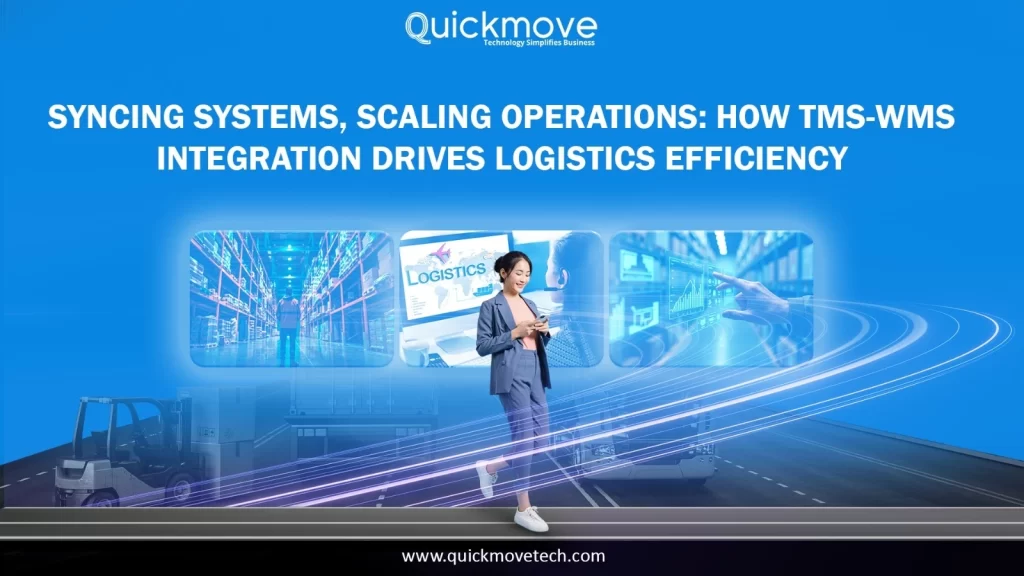Flexibility is the name of the game in today’s quick-paced business environment. Companies, particularly those that deal with products, usually have a shared pain: storage space management. You’re bursting with inventory one month, then you’re paying for unused space the next. It’s the kind of unpredictability that creates wasted capital and lost revenue opportunities.
Enter On-Demand Warehousing.
Consider on-demand warehousing the “Uber for storage.” Rather than signing a long-term lease for a set number of square feet, you only pay for warehouse space, services, and even workers when and where you need them. It’s a business game-changer for companies seeking to remain nimble, keep costs under control, and react in a timely manner to market shifts.
What exactly is On-Demand Warehousing?
On-demand warehousing partners companies that require storage (commonly referred to as “tenants” or “users”) with warehouses that possess excess capacity (“providers”). These providers may be 3PLs (Third-Party Logistics firms), manufacturers with additional space, or even other retailers.
The elegance of this model is that it is so flexible. You only pay for the space you occupy, for as long as you require it – a couple of weeks, a couple of months, or only for the peak season spike. It’s sharply contrasted with old-style long-term leases which keep you hostage to rigid costs, independent of your real inventory levels.
Why On-Demand Warehousing is a Game-Changer
- Unrivaled Scalability and Flexibility: This is the greatest appeal. Your inventory volume varies? No issue. Require added capacity for a holiday season surge? No issue. Desire to enter a new area without having to construct a new warehouse? Simple. On-demand warehousing enables you to ramp your storage up or down in a snap.
- Cost Savings: Say goodbye to money wasted on underutilized space or the massive amount of capital spent constructing your own warehouse. You only spend what you use, making a fixed expense a variable one. This is freed-up capital that can be invested in other areas of your business.
- Accelerated Market Entry: Need to try a new market or enter a new product in another region? On-demand warehousing allows you to establish a local distribution center swiftly and without commitment, cutting your time to market considerably.
- Lower Risk: The liability of a long-term lease can be a risk, particularly for expanding or seasonal companies. On-demand warehousing eliminates this risk so that you can easily respond to economic fluctuations or sudden changes in the market.
- Access to Expertise and Services: Most on-demand warehouse operators provide more than a box. They can offer a complete array of services, including picking and packing, shipping, receiving, and even specialized handling. This means you can tap into their expertise without establishing your own operational staff.
How a Warehouse Management System (WMS) Powers On-Demand Warehousing
Though on-demand warehousing itself supplies the physical space and services, magic in its efficiency and smooth running is often in a highly advanced warehouse management system (WMS). For both the business using the space and the on-demand warehousing provider, a WMS is critical.
Here’s why a WMS makes on-demand warehousing shine so brightly:
- Real-Time Inventory Visibility: A quality WMS provides you and the warehouse provider with an unambiguous, up-to-date view of each item stored. You know precisely what you have, where it is, and its status, regardless of which on-demand location it’s at. This avoids stockouts and overstocks.
- Efficient Operations: The WMS directs warehouse workers through each task – from storing new shipments and stocking them away correctly, to picking orders without errors and shipping them out. This automation eliminates mistakes and accelerates processing.
- Optimized Space Utilization: A WMS isn’t just a tracking tool; it’s a strategic optimizer. It can direct items to the most efficient storage locations, ensuring that every square foot of the on-demand warehouse is used effectively, which directly impacts the costs you pay.
- Seamless Integration: New WMS systems have the ability to integrate with your current systems, such as your e-commerce platform, Enterprise Resource Planning (ERP) software, or order management systems. This provides a seamless flow of information, from the point an order is received to the point it ships out of the warehouse, even when utilizing third-party on-demand space.
- Performance Monitoring and Reporting: The WMS gathers enormous quantities of data. This enables you and the warehouse provider to monitor key performance metrics (KPIs) such as order accuracy, fulfillment rates, and inventory turns. This information is precious to use for ongoing improvement and the guarantee of service level agreements.
Who Gains Most from On-Demand Warehousing?
- E-commerce Companies: Handling variable inventory and requiring expedited distribution points.
- Seasonal Businesses: Navigating peak season spikes without long-term obligations.
- Startups and SMBs: Steering clear of heavy capital expenditures in infrastructure.
- Geographically Expanding Businesses: Experimenting with new markets with minimal risk.
- Companies with Erratic Demand: Adjusting rapidly to shifts in the market.
Conclusion
On-demand warehousing is not a fad; it’s a compelling answer to the fundamental issues of today’s inventory storage. By accepting its flexibility, affordability, and taking advantage of the capability of a highly advanced warehouse management system, companies can really maximize their storage strategy. It enables you to concentrate on your main business, while simultaneously expanding or shrinking your storage capacity at whim, converting a conventional cost center into a source of competitive strength and agility.




